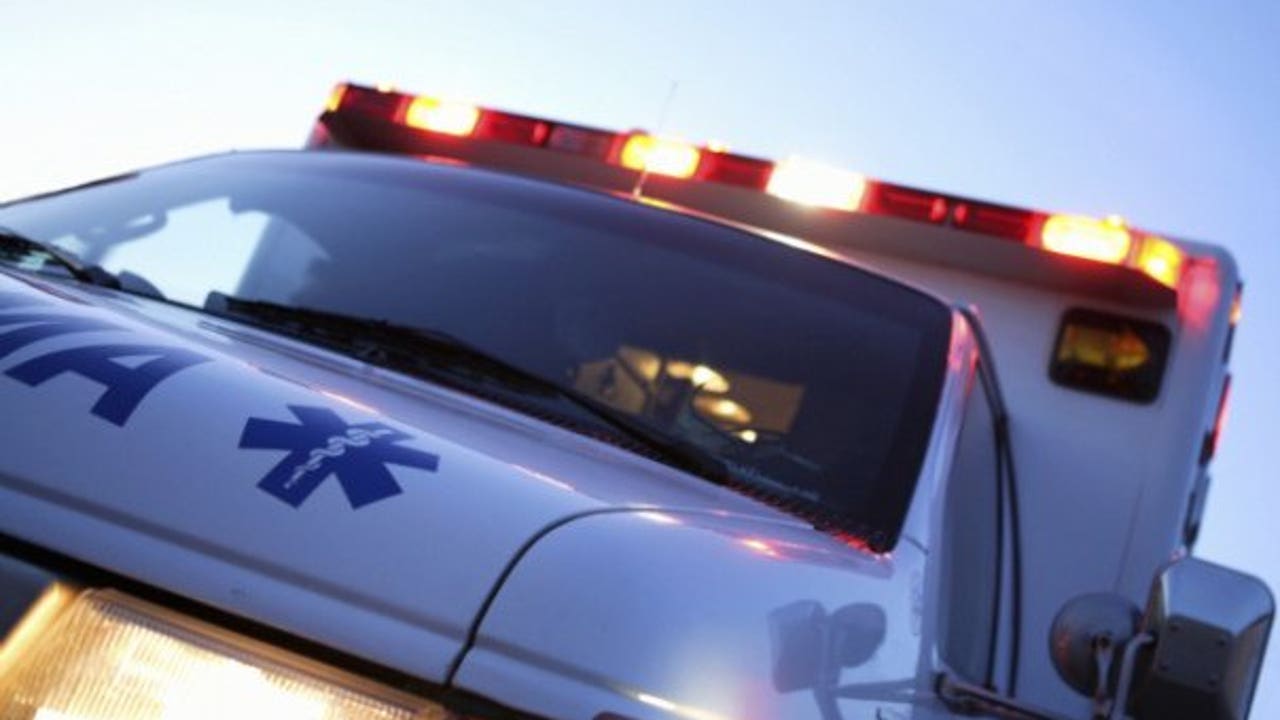

Seventy-six (45.5%) of the persons with nonfatal poisoning were white,*Ĥ7 (28.1%) Hispanic, 36 (21.6%) black, and six (3.6%) Asian the race/ethnicity of two (1.2%) persons was not known.

The median age was 29 years 52 (31.1%) wereĪged 65 years. Of the 167 persons with nonfatal poisoning, 87 (52.1%) were female. Fifty-four (32.3%) patients were initially treated at emergency departments (EDs) in hospitals outside the surveillance system but were later transferred to one of the two hospitals with HBO 2 chambers. The mean number of persons poisoned per incident was 3.3 (range: one to eight persons per incident). The number of cases and incidents peaked within 3 days after landfall of each hurricane Because the six persons who were fatally poisoned died before arrival at a medical facility, no clinical information was recorded for them.Ī total of 167 persons had nonfatal CO poisoningĭiagnosed during the study period, representing a total ofĥ1 exposure incidents. InĪddition, investigations into six deaths from five exposure incidents were reviewed forīasic demographic information and details about generator location. Of earliest available measurement of blood carboxyhemoglobin level), and medical treatment was collected. All available information about the patient's exposure, clinical presentation, laboratory testing (e.g., result Any case involving a diagnosis of unintentional CO poisoning not related toĪ fire was included. HBO 2 chamber, were located in landfall counties and involved in post-hurricane surveillance a tenth participating hospital, which also had an HBO 2 chamber, was located in central Florida. Nine participating hospitals, including one with an Theseĭates correspond to landfall of the first hurricane (Charley) and 3 weeks after landfall of the last hurricane (Jeanne), whenĪctive surveillance for CO poisoning was discontinued.
#FLORIDA GENERATOR CARBON MONOXIDE CODE#
Revision code 986) during August 13-October 15, 2004.
#FLORIDA GENERATOR CARBON MONOXIDE PORTABLE#
Public health practitioners should recognize that post-hurricane environments present challenges to the safe operation of portable generators and should educate the public on the hazards of CO poisoning in these settings.Īll medical records were reviewed from participating hospitals in which a patient received a diagnosis of unintentional CO poisoning ( International Classification of Diseases, Ninth In garages, or outdoors near windows) was responsible for nearly all of these CO exposures. The results of that analysis, which determined that misplacement of portable, gasoline-powered generators (e.g., indoors, The Floridaĭepartment of Health and CDC analyzed demographic and CO exposure data from these fatal poisoning cases and from nonfatal poisoningĬases among 167 persons treated at 10 hospitals, including two with hyperbaric oxygen In Florida attributed to carbon monoxide (CO) poisoning (CPSC, unpublished data, 2004). After the hurricanes, the Consumer Product Safety Commission (CPSC) investigated six deaths The four major hurricanes that struck Florida duringĪugust 13-September 25, 2004, produced electric power outages Carbon Monoxide Poisoning from Hurricane-Associated Use of For assistance, please send e-mail to: Type 508 Accommodation and the title of the report in the subject line of e-mail. Persons using assistive technology might not be able to fully access information in this file.


 0 kommentar(er)
0 kommentar(er)
